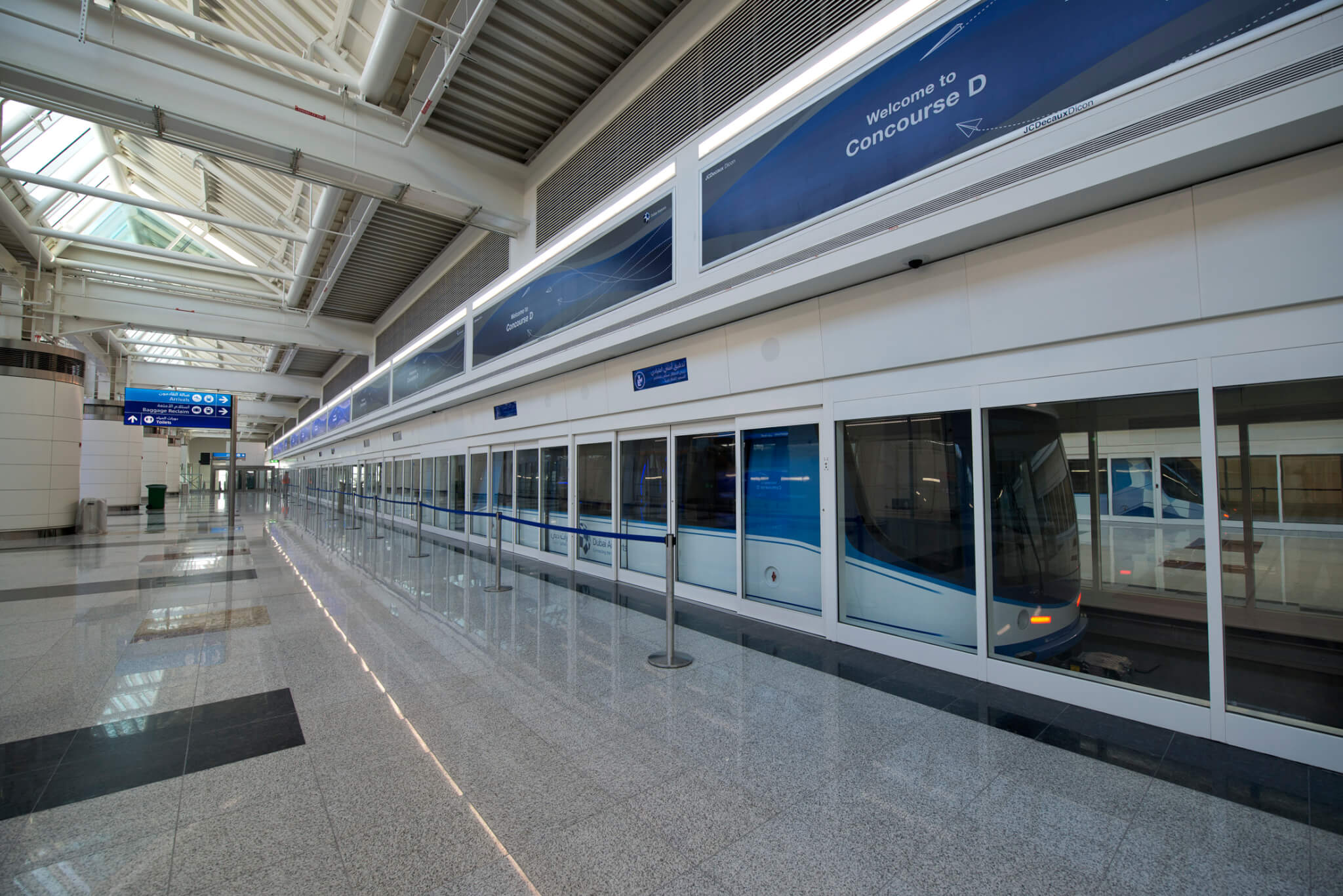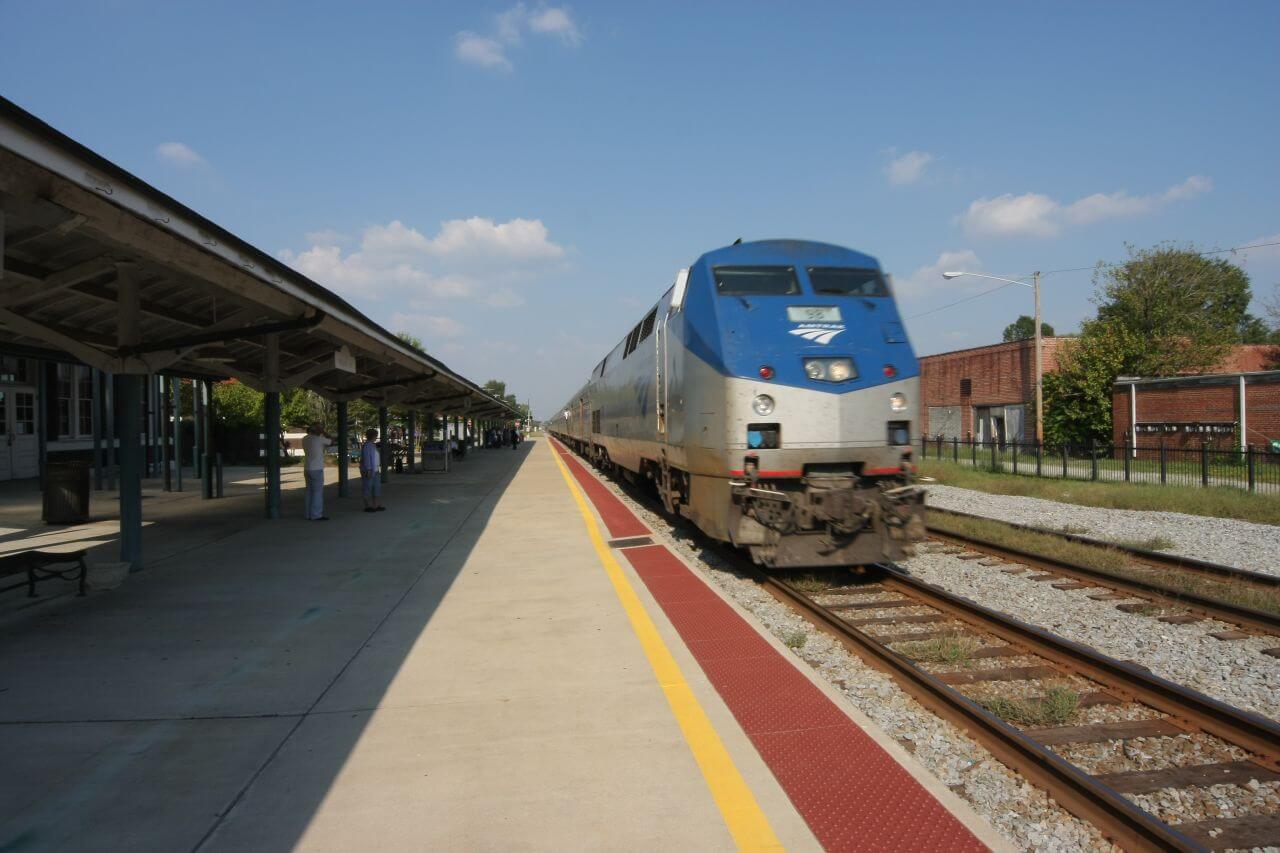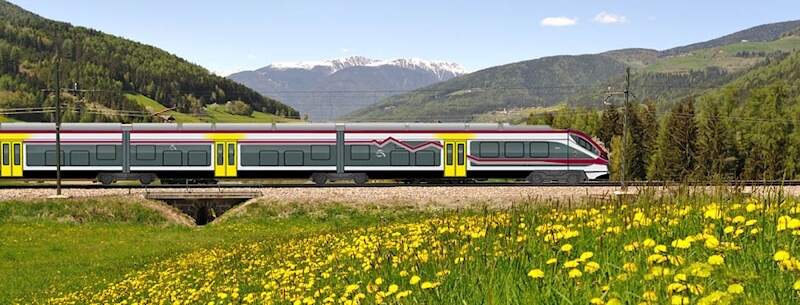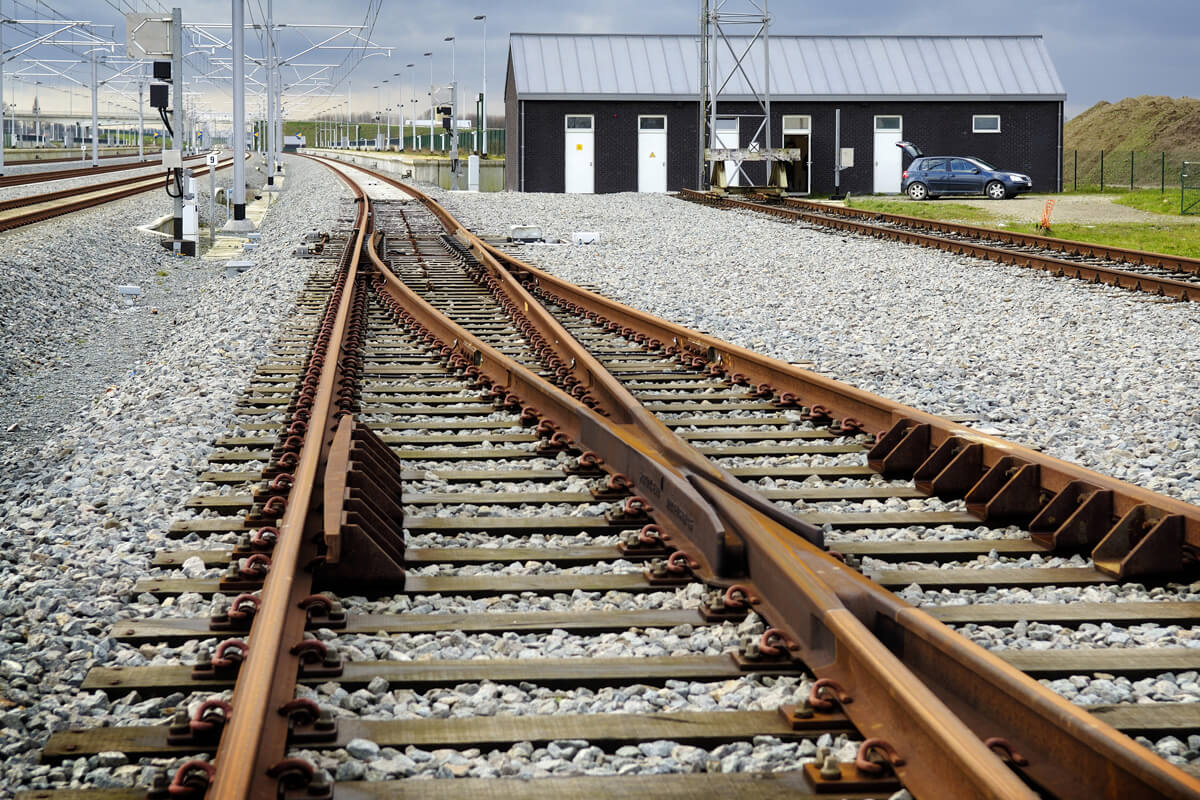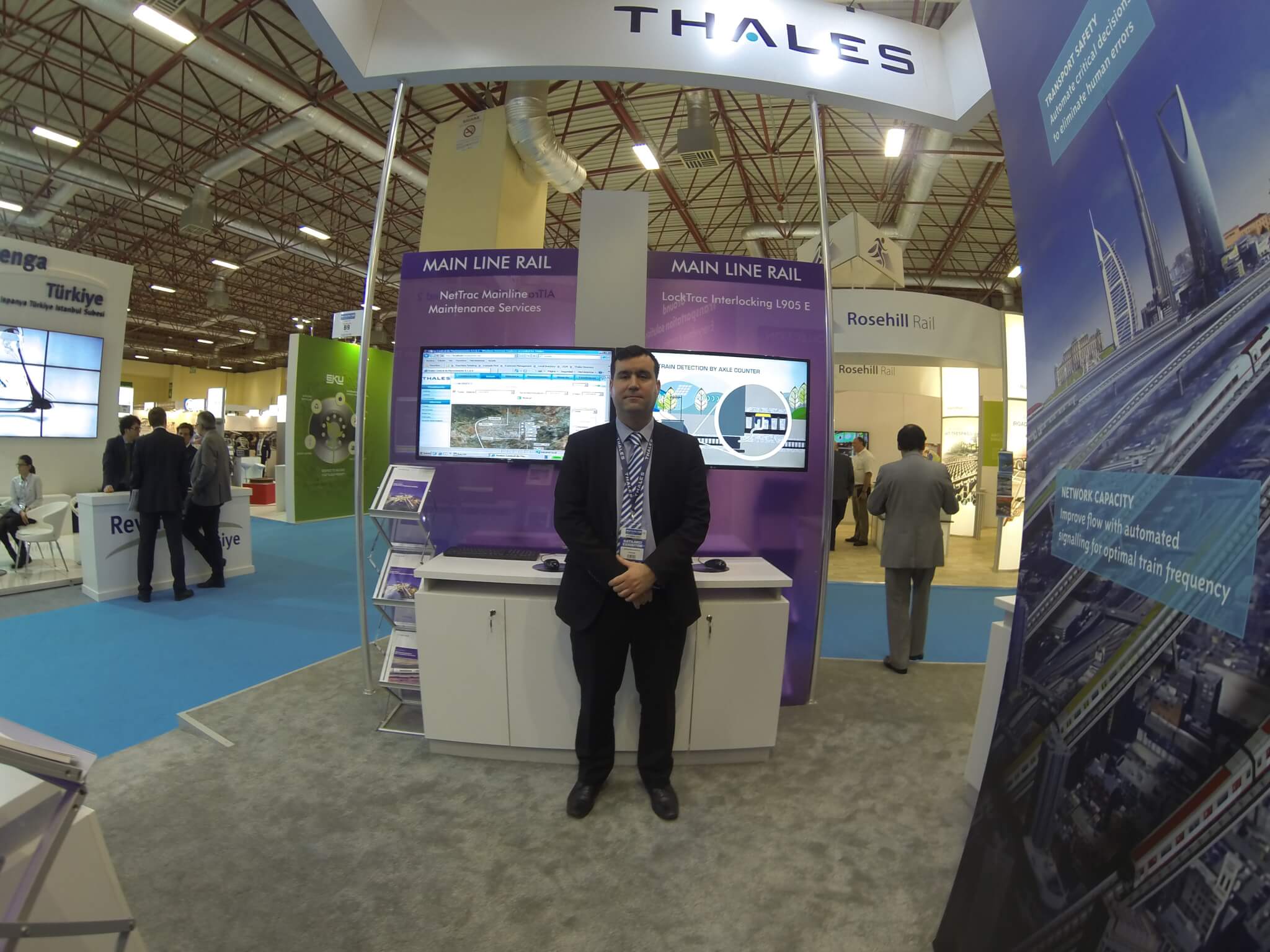The digital revolution is coming to freight rail. Major railroads are installing digital communications, global positioning receivers, sensors and computerized controls on their trains and tracks. New systems can gather intelligence on locations, size and speeds of trains and make automated decisions about when the trains should stop or go. Digital cameras and microphones on the tracks are working on monitoring train conditions to determine when equipment needs to enter a shop for maintenance.
Some of these high-tech tools are already in limited use; others are still being tested. But in the next 10 to 15 years, freight-rail executives hope to put together the best solutions available and to transform one of the earliest network businesses, the railroad, into an integrated digital network that carries more trains and more freight at faster speeds and lower cost.
“This could be the biggest surge in railroad technology since diesel locomotives replaced steam engines a half century ago,” says Robert Gallamore, a transportation consultant in Rehoboth Beach, Del. “Technology will soon be able to produce a railroad that doesn’t derail, collide, break down or fall off schedule.”
Central Commands
The biggest change is a traffic system known as positive train control, or PTC. Using on-board computers, digital communications and Global Positioning System gear, PTC lets central control stations at the railroads see where their trains are and stop them by remote control if an engineer fails to obey a signal.
After deadly train crashes in Graniteville, S.C., and Chatsworth, Calif., the federal government in 2008 mandated that PTC be installed by the end of 2015 on major rail lines that carry passenger trains or highly toxic chemicals. The railroads are still far from finishing. The industry says it will cost $13 billion to install and maintain the system over the next 20 years.
But some in the railroad community think the industry has missed an opportunity. For instance, Steven R. Ditmeyer, an adjunct professor of railway management at Michigan State University, believes that with additional computer power at the control centers and aboard locomotives, PTC can allow the railroads to drop their longstanding light-signal systems.
The type of system that Mr. Ditmeyer and others favor, referred to as stand-alone PTC, would in theory increase the capacity of the rail network by making it safe for trains to operate closer together.
“The railroads are implementing PTC in a way that produces minimal business benefits” for themselves, says Mr. Ditmeyer.
In stand-alone PTC, the control centers would project an electronic safety zone ahead of and behind trains. The size of a train’s buffer would be set by its length, weight and braking capabilities. If one train were to encroach on another’s buffer zone, the electronic gear on the following train would be tripped and its brakes would kick in.
In addition to making it safer for trains to operate closer together, such a system would also allow the railroads to retire their light signals. However, there is one advantage to keeping a portion of the signal system. The signals are connected to an electrical circuit that runs through the rails; if a break in a rail occurs, the circuit is broken, too, causing the nearest signal to turn red. Proponents of stand-alone PTC haven’t identified how the system would detect rail breaks without the track circuits.
Big Brake Job
Meanwhile, a new kind of brake, the electronically controlled pneumatic, or ECP, brake, poses the biggest change in braking systems since air brakes arrived in the late 19th century. Because they are controlled by electronic signals instead of air pressure, they apply and release immediately and uniformly. This improves handling, shortens braking distance, causes less wear and tear on cars and lowers the risk of derailment.
“The day will come when the standard will be ECP brakes,” says Gerhard Thelen, vice president of operations planning and support for Norfolk Southern Corp. NSC +0.98% “It’s a technology that is going to bring great advances to train operations.” Norfolk Southern runs eight coal trains with ECP brakes and plans to gradually phase in the brakes on all of its locomotives and freight cars.
Such a shift poses a huge challenge for the industry as a whole, however. Christopher Barkan, director of the railroad engineering program at the University of Illinois in Urbana-Champaign, Ill., says the cost and technical challenges are likely to prevent rapid widespread adoption of ECP brakes for the foreseeable future.
For starters, trains can’t mix cars with the two different kinds of brakes, so replacing the brakes on only some of the nation’s 1.6 million freight cars could create logistical nightmares for train operators. Meanwhile, railroads are already getting shorter braking distances by placing additional locomotives in the middle or rear of freight trains—a work-around solution, to be sure, but one that some railroads favor for now.
Looking, Listening
The industry is also working on ways of predicting rather than reacting to equipment problems. Current devices like hot-box detectors measure temperatures as trains go past and spot wheel bearings that have overheated. But then the trains have to stop to fix the problem or set out the car, blocking trains behind them.
Newer systems can measure stress levels on wheels and other components before serious problems develop. Microphones pick up and evaluate sounds of axle bearings, for example; software and algorithms then interpret the sounds. CSX Corp. CSX +0.16% and other major railroads are setting up clusters of detectors. A rail-industry central database receives information from the detectors, identifies trends in equipment conditions and sends out alerts to railroads.
Beena Vision Systems Inc., of Roswell, Ga., is working on a system to inspect trains visually while they’re in service. It’s being tested at the Transportation Technology Center, which researches railroad efficiency and safety in Pueblo, Colo. A fully loaded coal train on a 2.7 mile loop passes repeatedly under an aluminum arch mounted with lights and cameras. Other cameras in the tracks take pictures from beneath. The result: a 360-degree picture of every car on the train, revealing wear and tear in parts and running gear from brake pipes and couplers to axles. “One of my colleagues calls it taking a CAT scan of a freight car,” says Roy Allen, president of the center, a subsidiary of the Association of American Railroads in Washington.
Smart Cars
Some manufacturers are putting tiny sensors directly on the railcars. IONX LLC, a unit of closely held Amsted Rail Co., a Chicago-based rail-component supplier, says its sensors monitor things like whether the dome lids on chemical tank cars are open or closed. Chemical companies want to know if the lids are closed during transit to guard against vandals and to detect any breach of the cars.
“This could explode into all kinds of sensors on all kinds of cars,” says John Samuels, president of Revenue Variable Engineering LLC, a railroad-engineering consulting firm in Palm Beach Gardens, Fla.
Says Mr. Samuels, “Someday rail cars will monitor their own safety conditions and report when they have a problem.”





